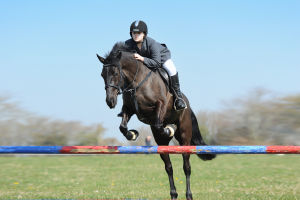Cyclists, no matter their age, eventually face the realities of aging and its effects on their bodies. As we grow older, it becomes essential to adjust our cycling style to accommodate these changes.
Each individual experiences training differently, making it crucial to understand the transformations that come with aging. By recognizing these changes, cyclists can improve their approach to cycling and continue to enjoy their rides.
Training Strategies
As cyclists age, they often transition into endurance riders, favoring longer distances over high intensities.
To maintain explosiveness, it is recommended to follow a polarized training plan with approximately 70-80% of workouts at low intensity and the remaining 20-30% at high intensity. Including hill climbs in your route where you can push yourself uphill, recover, and repeat on the next climb can help enhance your performance.
With winter setting in, indoor training on rollers is worth considering. Various applications offer specific intensity programs that are regularly updated, providing cyclists with effective training options.
Importance of Rest and Recovery
Regardless of age, adequate rest is crucial for maximizing performance. Balancing physical exertion with rest is vital to recover from cycling efforts and combat the stress accumulated from daily life. Quality and quantity of sleep play a significant role in the physical and mental recovery process, making it essential for cyclists to aim for at least seven hours of sleep per night.
Strength Training and Conditioning
Maintaining a balanced diet to support weight management, consuming enough carbohydrates for energy replenishment, and incorporating protein to counter muscle loss are essential for active cyclists.
Strength training and conditioning workouts become increasingly important with age, helping to delay muscle tone deterioration. Strength exercises outside of cycling, at least three times a week, with gradual weight increments, can aid in preserving muscular strength.
Flexibility and Adaptation
Focusing on flexibility, conditioning, and adapting to the bike position is crucial for aging cyclists to continue enjoying their rides. With decreasing bone density and muscle strength, ensuring proper muscle function and posture on the bike is essential. Regularly monitoring and adjusting your riding position is recommended as age-related postural changes occur.
Optimizing Your Cycling Technique
Selecting appropriate gears and maintaining a high cadence are crucial aspects of cycling as you age. High cadence helps reduce the risk of injuries, particularly knee issues. Proper gear selection, including considering a wider gear range, can significantly benefit aging cyclists, especially during uphill rides.
Embracing the Advantages of Aging
While adapting training routines to aging processes is essential, aging also brings unique advantages. Experience can guide cyclists in various situations, while self-awareness helps in understanding personal dietary needs and rest requirements. By listening to your body and implementing effective training approaches, cycling can remain enjoyable and beneficial, regardless of age.


